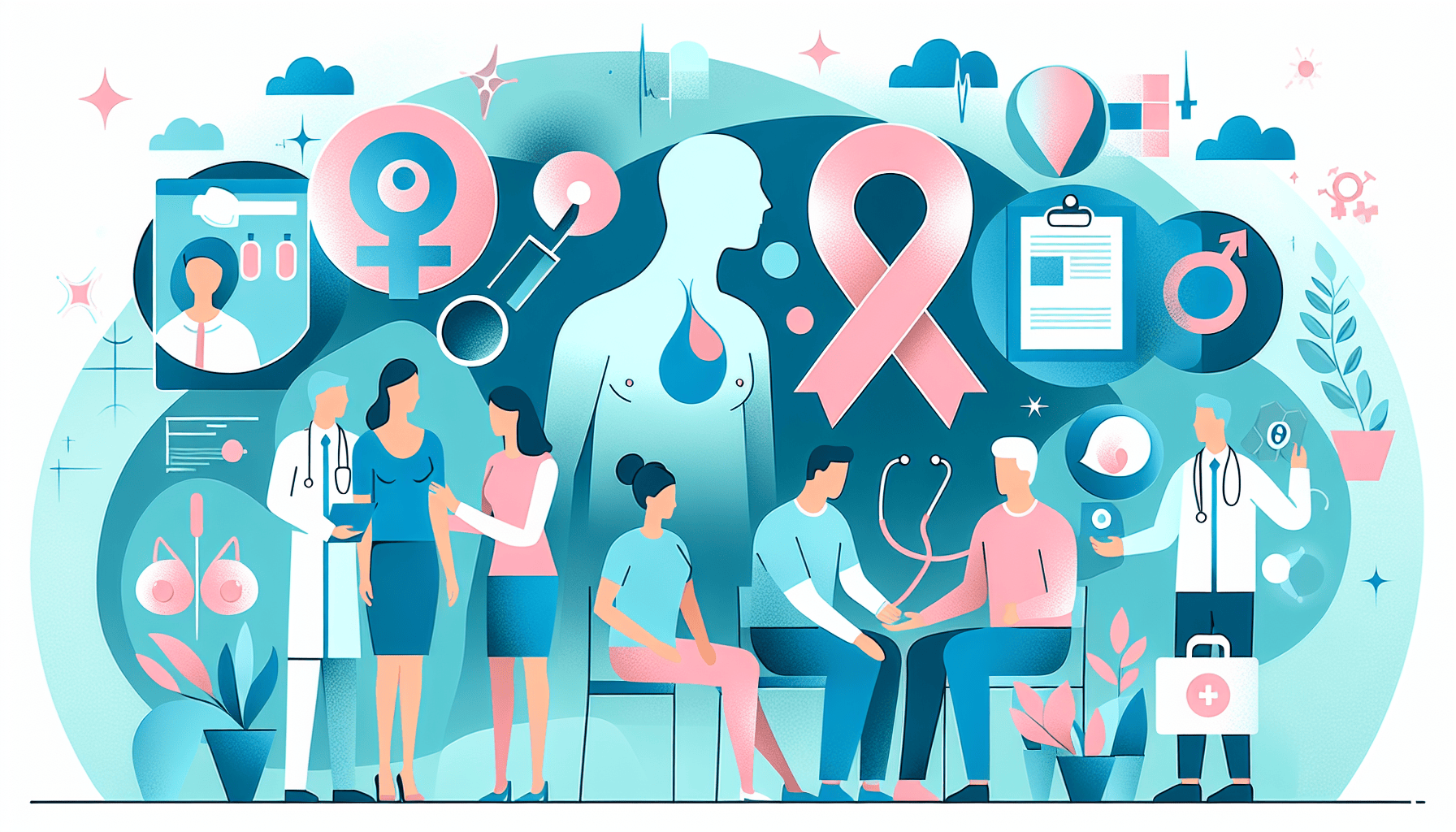Tirzepatide for Sleep Apnea - Can It Help?
Understanding Sleep Apnea and Its ChallengesSleep apnea is a common yet serious sleep disorder characterized by repeated interruptions in breathing during sleep. These pauses [...]
Read More
Medically reviewed by Abhijit Bhattacharyya | MD, PhD, MBA, Tufts University School of Medicine - Miami, Florida on April 17th, 2024.
While breast cancer is more commonly associated with women, men can also develop the disease. Although rare, male breast cancer accounts for about 1 in every 1,000 breast cancer cases. It's crucial for men to be aware of the risk factors, symptoms, and treatment options available to them.
Several factors can increase a man's likelihood of developing breast cancer, including:
Age: Most cases occur between the ages of 60 and 70
Family history of breast cancer in close female relatives
Exposure to radiation in the chest area
Enlarged breasts (gynecomastia) due to hormonal treatments, infections, or toxins
Estrogen therapy
Klinefelter's syndrome, a rare genetic condition
Severe liver disease (cirrhosis)
Testicular conditions, such as mumps orchitis, injury, or undescended testicles
Obesity
The most common symptom of male breast cancer is a lump in the chest area. Other signs may include:
Nipple discharge, especially if bloody
Nipple retraction (turning inward)
Skin dimpling or redness
Scaliness of the nipple or breast skin
It's important for men to promptly consult a doctor if they notice any of these symptoms, as early detection can significantly improve treatment outcomes.
The diagnostic process for male breast cancer is similar to that for women and may include:
Physical examination
Mammography
Biopsy (analyzing a small tissue sample under a microscope)
These tests help determine the presence, type, and stage of breast cancer, which guides treatment decisions.

Treatment for male breast cancer often involves a combination of therapies, depending on the stage and type of the disease. Common treatments include:
A mastectomy, which removes the entire breast, is the most common surgical procedure for men with breast cancer. In some cases, breast-conserving surgery may be an option. Lymph nodes may also be removed to check for cancer spread.
Radiation therapy uses high-energy rays or particles to kill cancer cells. It may be used after surgery to destroy any remaining cancer cells or as the main treatment for inoperable tumors.
Chemotherapy involves the use of drugs to attack cancer cells throughout the body. It may be administered after surgery to reduce the risk of recurrence or as the primary treatment for advanced or metastatic cancer.
Some types of breast cancer rely on hormones to grow. Hormone therapy, such as tamoxifen, blocks the effects of these hormones, slowing or stopping cancer growth. It is often more effective in men than in women, as approximately 90% of male breast cancers are hormone receptor-positive.
Targeted therapy, such as trastuzumab (Herceptin), is designed to treat breast cancers that produce excess amounts of the HER2 protein. These drugs can slow cancer growth and potentially boost the immune system's ability to fight the disease.
After treatment, lifelong follow-up care is essential to monitor for recurrence and maintain overall health. Regular check-ups and screenings can help ensure the best possible outcomes for men who have been diagnosed with breast cancer.
For more information on male breast cancer, visit:
Understanding Sleep Apnea and Its ChallengesSleep apnea is a common yet serious sleep disorder characterized by repeated interruptions in breathing during sleep. These pauses [...]
Read MoreHeart attacks are often perceived as a predominantly male health issue, but the reality is that heart disease is the leading cause of death for women worldwide. Recognizing [...]
Read MoreTelehealth has transformed the way patients access healthcare, offering convenience, speed, and accessibility that traditional in-person visits often cannot match. With the [...]
Read More